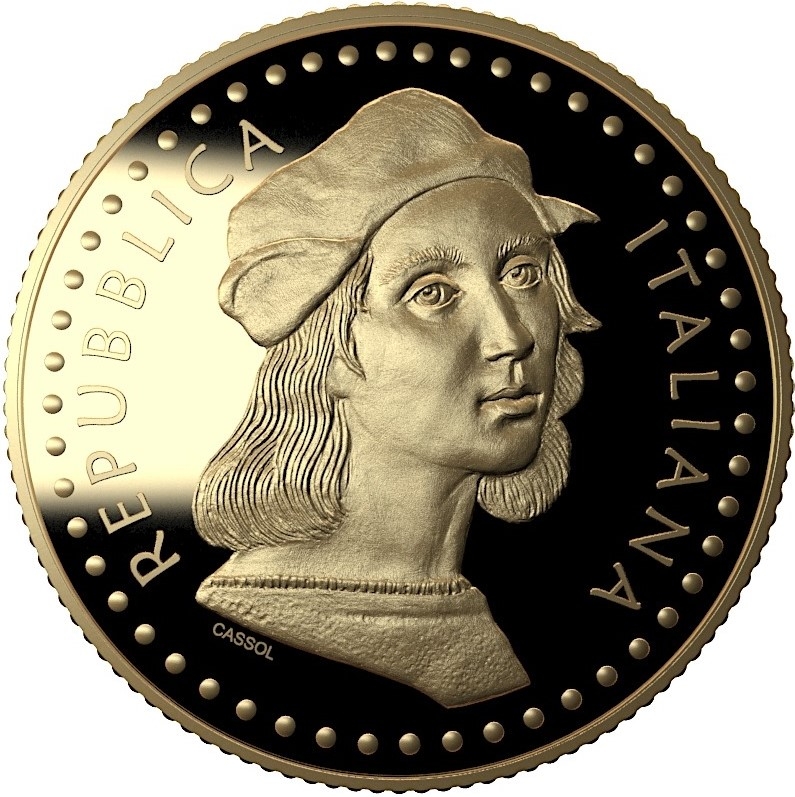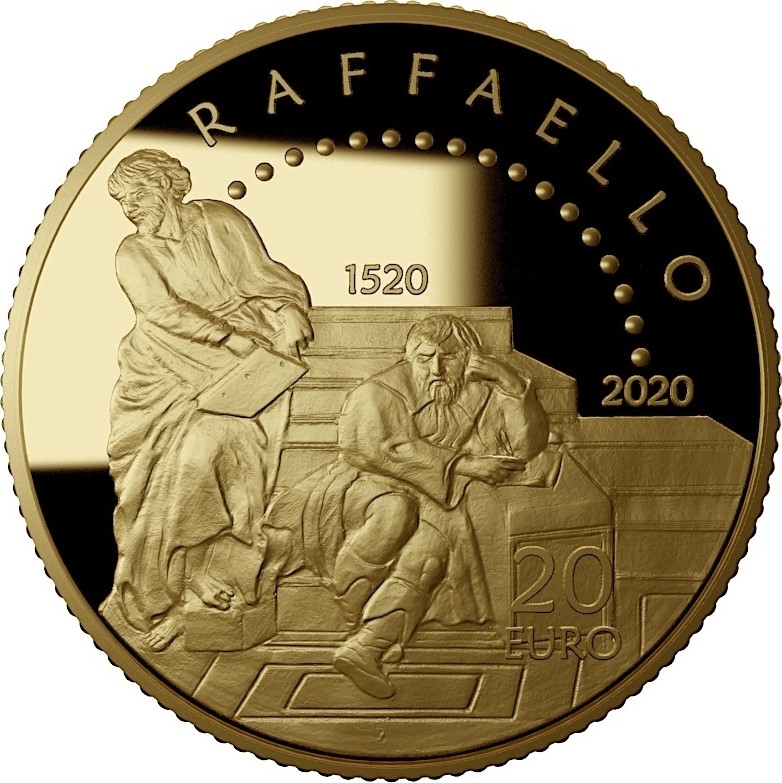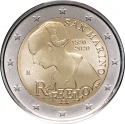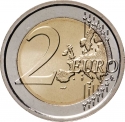You are about to finish your registration. Please check your mailbox (including spam folder). There should be a letter with a confirmation link. Check setting to make sure that your e-mail address is correct.
Send letter againDescription
Raffaello Sanzio da Urbino (1483– 1520), known as Raphael, was an Italian painter and architect of the High Renaissance. His work is admired for its clarity of form, ease of composition, and visual achievement of the Neoplatonic ideal of human grandeur. Together with Michelangelo and Leonardo da Vinci, he forms the traditional trinity of great masters of that period.
Raphael was enormously productive, running an unusually large workshop and, despite his early death at 37, leaving a large body of work. Many of his works are found in the Vatican Palace, where the frescoed Raphael Rooms were the central, and the largest, work of his career. The best known work is The School of Athens in the Vatican Stanza della Segnatura. After his early years in Rome, much of his work was executed by his workshop from his drawings, with considerable loss of quality. He was extremely influential in his lifetime, though outside Rome his work was mostly known from his collaborative printmaking.
After his death, the influence of his great rival Michelangelo was more widespread until the 18th and 19th centuries, when Raphael's more serene and harmonious qualities were again regarded as the highest models. His career falls naturally into three phases and three styles, first described by Giorgio Vasari: his early years in Umbria, then a period of about four years (1504–1508) absorbing the artistic traditions of Florence, followed by his last hectic and triumphant twelve years in Rome, working for two Popes and their close associates.
Artist: Maria Angela Cassol
Obverse

|
Depicts a detail from a self-portrait by Raphael. Around, the inscription "REPUBBLICA ITALIANA”; in exergue, the name of the designer, "CASSOL". REPUBBLICA ITALIANA |
|---|---|
Reverse

|
Depicts a detail from "The School of Athens" (Parmenides on the left and Michelangelo as Heraclitus on the right). Above, the name "RAFFAELLO" on a semi-arch of small globes that recalls the vault housing the fresco; the dates "1520" and "2020" in the centre and on the right respectively; below, the value "5 EURO"; on the left, "R" identifying the Mint of Rome. RAFFAELLO |
| Edge |
Related coins
500th Anniversary of Death of Raphael
500th Anniversary of Death of Raphael







